20.06.2017
WINDMILLS & WATERMILLS
Today sees the issue of our Windmill & Watermill stamps for the Royal Mail. It is the culmination of months of work and a fair bit of traveling around the UK by our commissioned photographer Phil Sayer. Here are some of his images that capture 'venerable' buildings nestling in the British landscape.
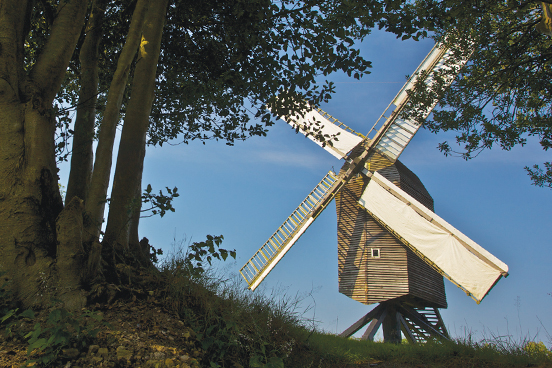
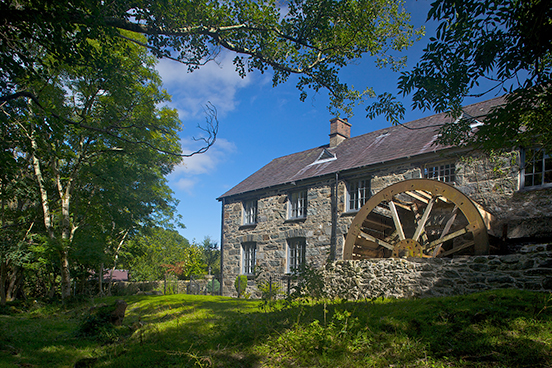
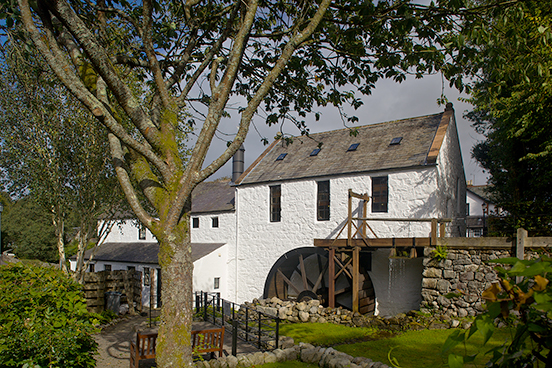
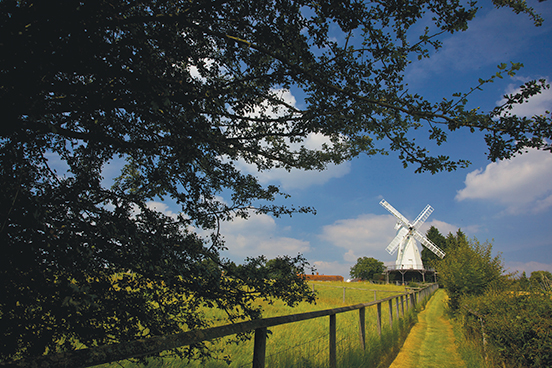
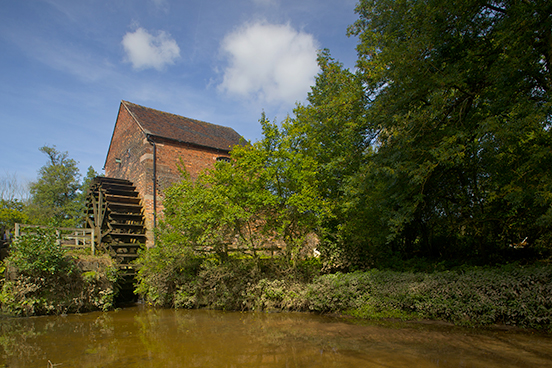
The design of the mills are a consequence of the prevailing weather and geological conditions; the sails of a windmill will not turn without a good supply of wind and a waterwheel will not turn without a steady flow of water. It is not surprising then that windmills are often landmarks on the local skyline while watermills can be found nestling high up in hilltop valleys where the water force is manageable. Our original thoughts for the stamps were to reflect the mills' natural relationship with the land.
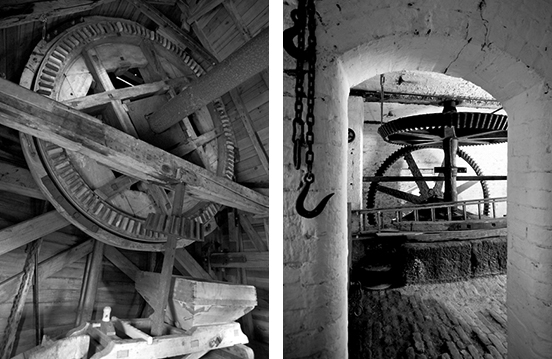
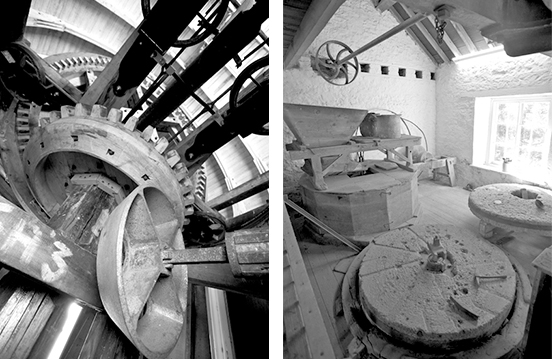
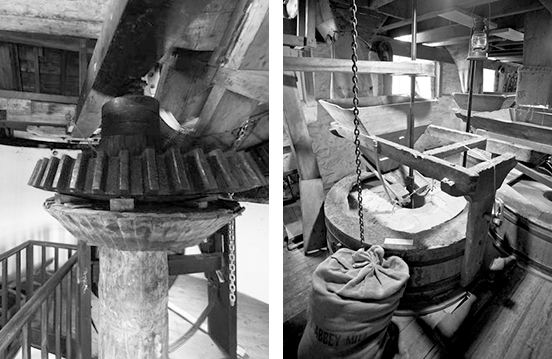
William Morris was a founder of the Society for the Protection of Ancient Buildings (SPAB). His 1877 manifesto called for the protection of ancient buildings so that they could be handed down "...instructive and venerable to those that come after us."
During our mill visits it began to seem like Morris' ideas were seeping into our work. As the project developed we really fell for the ingenuity of each mill; the architecture dictated by location, the harnessing of power dependent on nature, and the use of force cleverly diverted into some repetitive mechanised task.
This deceptively simple technology remains 'instructive and venerable' as Morris described it 140 years ago — and it becomes more prescient as we struggle to resolve the challenges of climate change.
See the stamps: Instructive & Venerable
Ian Chilvers
![]()